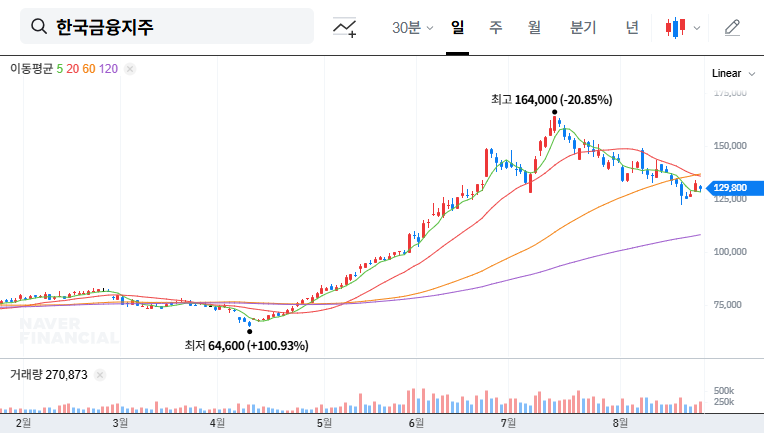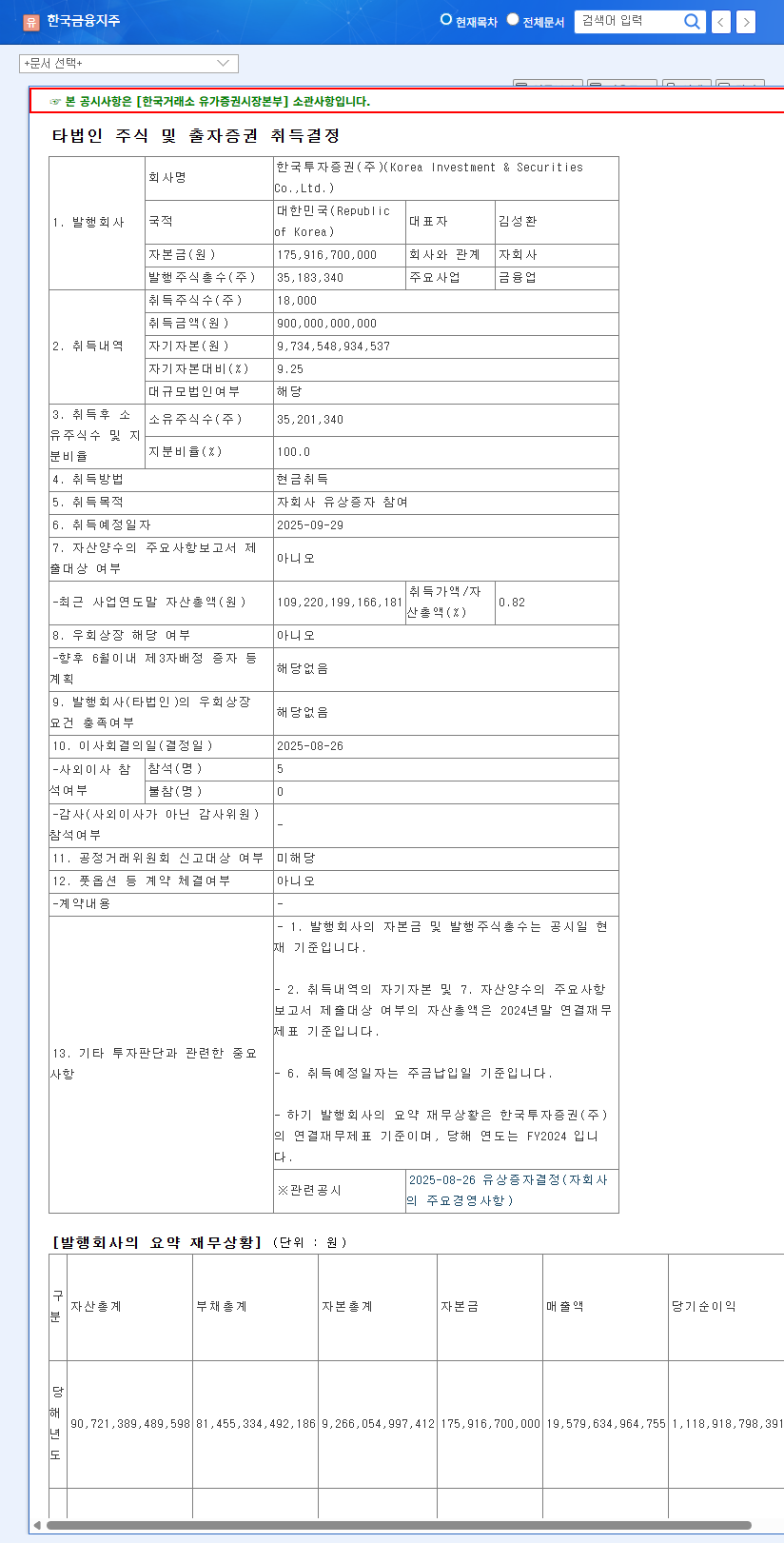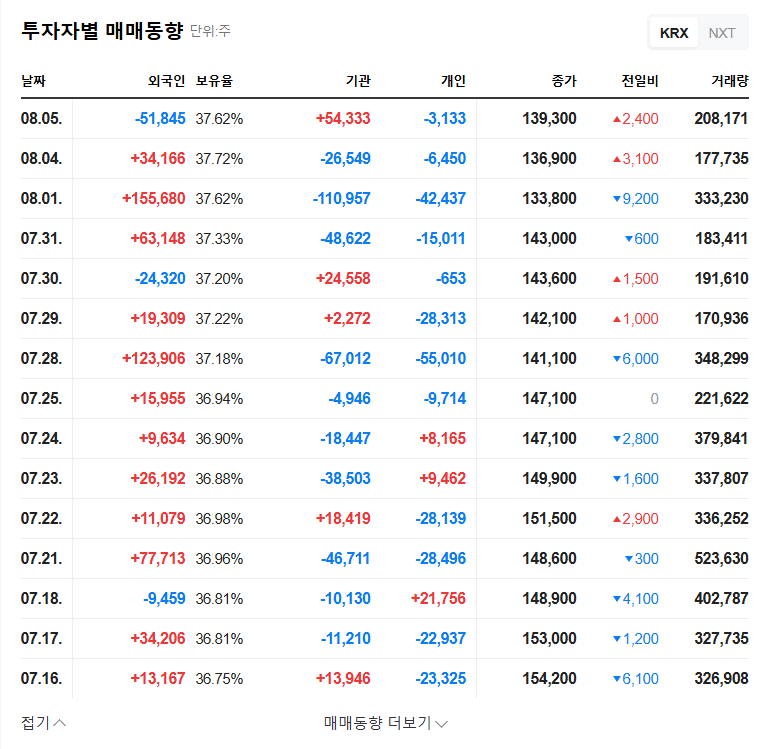1. SW Steel Tech’s Rights Offering: What Happened?
SW Steel Tech announced a rights offering on September 11, 2025, to raise capital. The primary objective is to secure funding for growth strategies, including investments in its soundproofing material business and strengthening R&D capabilities.
2. Opportunity vs. Risk: The Two Sides of a Rights Offering
- Opportunities:
- Securing future growth drivers through new business investments (e.g., soundproofing materials)
- Enhancing technological competitiveness through increased R&D investment
- Potential for improved financial structure
- Risks:
- Concerns about shareholder dilution due to new share issuance
- Potential short-term stock price decline depending on the offering price
- Possibility of inefficient capital utilization
3. Key Checkpoints for Investors
- Size and offering price of the rights offering
- Number of unsubscribed shares and their handling
- Specific plans for utilizing the raised capital
- Stock price trends and market reactions after the offering
- Performance of new businesses and changes in company fundamentals
4. Investment Strategy: How Should Investors Respond?
Investors should closely monitor announcements related to the rights offering and make investment decisions based on the key checkpoints mentioned above. It’s crucial to assess the company’s long-term growth potential and risks comprehensively, rather than being swayed by short-term stock price fluctuations.
FAQ
How does a rights offering affect stock prices?
Typically, a rights offering can put downward pressure on stock prices in the short term. However, in the long run, it can stimulate company growth, leading to stock price increases.
What are unsubscribed shares?
Unsubscribed shares are shares that are not subscribed to by existing shareholders during a rights offering.
What is the outlook for SW Steel Tech’s soundproofing business?
The soundproofing material business, which is expected to generate sales from 2028, is anticipated to be a future growth driver for SW Steel Tech. This rights offering is expected to accelerate the business expansion.


